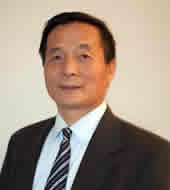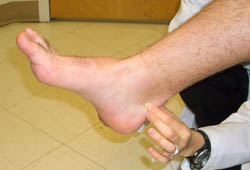Summary
Definition
History and exam
Risk factors
- athletic training
- unsuitable equipment
- hard and high-friction playing surface
- increasing age
- fluoroquinolone treatment
Diagnostic tests
Treatment algorithm
Contributors
Authors
James H-C. Wang, PhD

Professor and Director
MechanoBiology Laboratory
Department of Orthopaedic Surgery
University of Pittsburgh School of Medicine
Pittsburgh
PA
Disclosures
JHW declares that he has no competing interests.
Benjamin B. Rothrauff, MD, PhD
Research Fellow
UPMC Center for Sports Medicine
University of Pittsburgh
Pittsburgh
PA
Disclosures
BBR declares that he has no competing interests.
Kevin J. Byrne, MD
Research Fellow
UPMC Center for Sports Medicine
University of Pittsburgh
Pittsburgh
PA
Disclosures
KJB declares that he has no competing interests.
Acknowledgements
Dr James H-C. Wang, Dr Benjamin B. Rothrauff, and Dr. Kevin J. Byrne would like to gratefully acknowledge Dr Kivanc Atesok, Dr Chad Griffith, Dr Garth N. Walker, Dr Chealon Miller, Dr Paulo H. Araujo, Dr Margaret S. Lo, Dr Márcio Albers, and Dr Freddie H. Fu, previous contributors to this topic. Unfortunately, we have since been made aware that Dr Freddie H. Fu is deceased.
Disclosures
KA, CG, GNW, CM, PHA, MSL, and MA declare that they have no competing interests. FHF declared that he had no competing interests.
Peer reviewers
Per Renström, MD
Professor Emeritus
Karolinska Institute
Stockholm
Sweden
Disclosures
PR declares that he has no competing interests.
Use of this content is subject to our disclaimer
